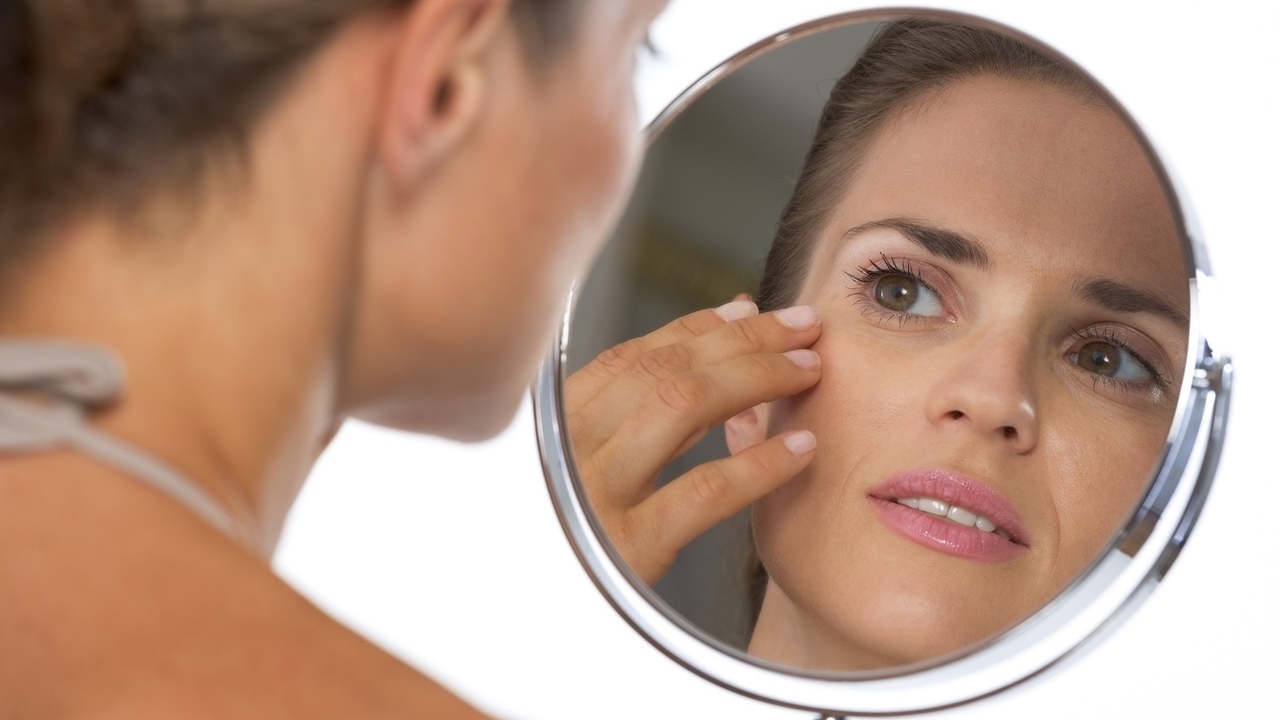I'm one of the baby boomers who will soon be joining the ever-growing senior citizen population. All of us have increasing health concerns with age. One of these is vision. The bad news is, most of us will suffer some loss in vision with age. The good news is, there are things we can do to keep as much as possible of what we have. Complete blindness is rare.
A recent article from an Australian medical journal encourages prevention, early detection and treatment of eye disease. The most common causes of visual impairment over age 40 are, according to these authors:
1. Refractive error. Most of us have some degree of this problem. Light does not focus on the retina properly because the combination of cornea shape, lens shape and eye length do not match. Nearsightedness, farsightedness, and astigmatism are the major problems. Higher order refractive errors include trefoil, comma and spherical aberration.
2. Cataract. Loss of transparency of the lens is very common in older adults.
3. Age related macular degeneration. A disease of the retina.
4. Glaucoma. A disease of the optic nerve, which is often but not always associated with increased pressure in the eye.
5. Diabetic retinopathy. A complication of diabetes mellitus.
There is limited data on how to prevent eye disease, but the Australian paper recommends:
1. A diet rich in omega-3 fatty acids, vitamins A, C, and E, zinc, zeaxanthin and lutein.
2. Protection of the eyes from UV radiation, with sunglasses and hats.
3. No smoking!
I was surprised to read that good control of high blood pressure and diabetes have not been demonstrated to prevent glaucoma, but these measures will certainly contribute to overall health.
There is more evidence available on how to treat eye disease. Surgery to replace the lens has a 98 percent success rate for cataracts. Laser surgery and injectable monoclonal antibodies may preserve vision in cases of macular degeneration. Glaucoma can be treated with eye drops containing prostaglandin analogues, beta blockers, alpha 2 agonists, carbonic anhydrase inhibitors and cholinergic agents. Laser and drainage surgery are also options.
Preserving sight begins with a comprehensive eye exam by an optometrist or ophthalmologist. Your eye doctor can recommend how often you need periodic eye exams based on your current eye health and risk factors.
Reference:
Fong A et al, “Reducing vision loss in chronic eye disease”, Australian Family Physician 2009 Oct; 38(10): 774-79.
Linda Fugate is a scientist and writer in Austin, Texas. She has a Ph.D. in Physics and an M.S. in Macromolecular Science and Engineering. Her background includes academic and industrial research in materials science. She currently writes song lyrics and health articles.




Add a Comment1 Comments
There are additional things you can do to help prevent certain diseases of the eye such as macular degenration. Taking a supplement formulated for the treatment of dry AMD can slow progression and improve vision. I found [Link Removed by EmpowHer Moderator] and it has supplements for smokers, non-smokers and even for patients who are on blood thinners. It's a very informative site.
February 11, 2010 - 11:14amThis Comment